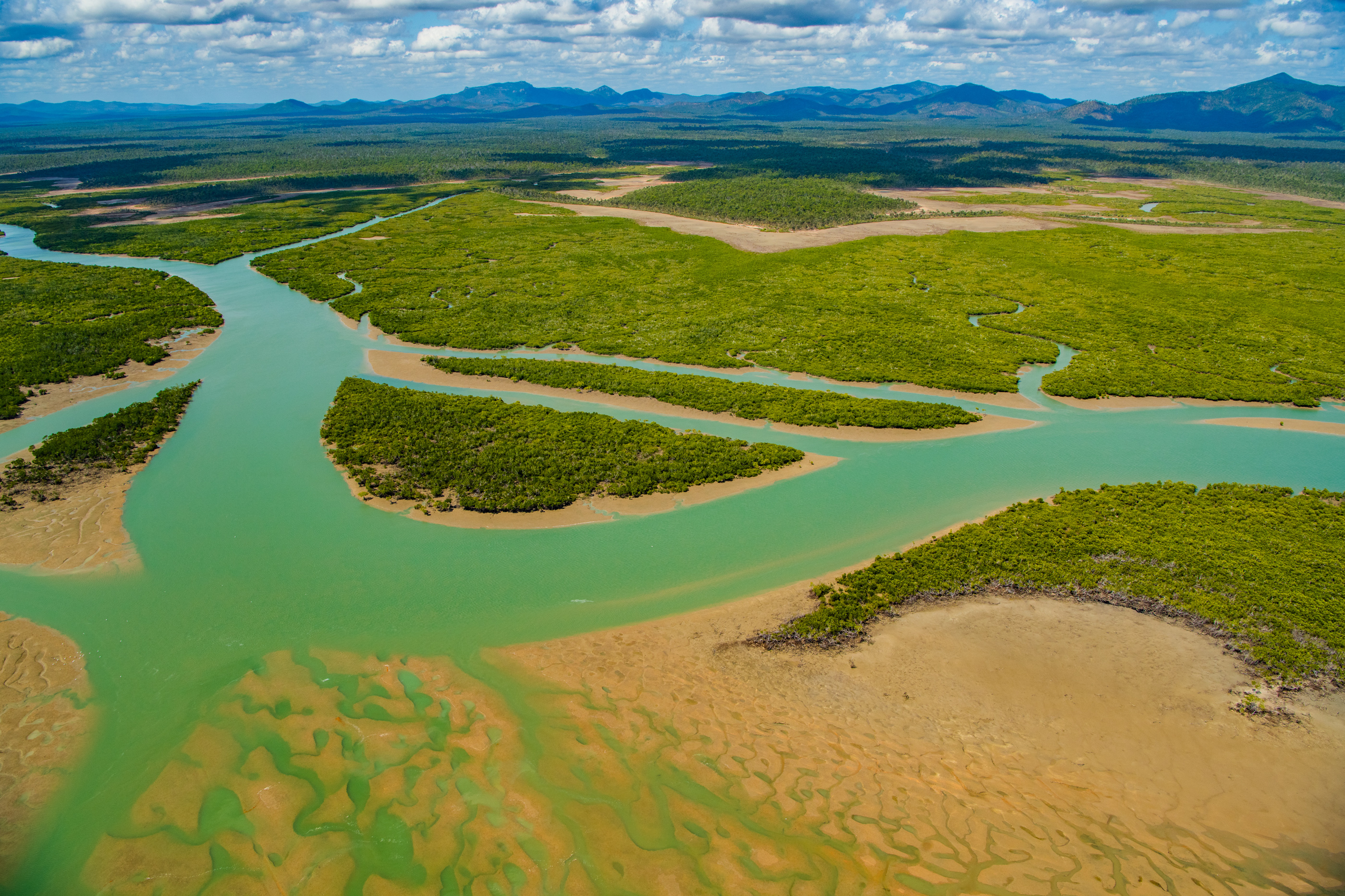|
|
Step 1: Understand whole-of-system and valuesThe Whole-of-System, Values-Based Framework (the Framework) involves identifying the components and processes that make up an ecosystem at multiple scales (spatial and temporal), understanding how these components and processes give rise to ecosystem services (services), and identifying and understanding the values (including intrinsic) and people (stakeholders, beneficiaries) associated with an ecosystem. For example, understanding riparian vegetation in an area (component) and riverine processes (such as flooding) and how the interaction between riparian vegetation and flooding generates services. The Framework requires an understanding of the past, present and future pressures to the services and identifying the actions required to maintain or improve those services and values. The Framework is underpinned by integrated synthesised science, monitoring, evaluation, reporting, improvement and sharing, and communication, capacity building, education participation and awareness. If the processes, components, services, values and pressures are identified for a system, this information can be used to inform any management activities. When planning for the rehabilitation of aquatic ecosystems, it is important to make decisions based on the best available knowledge at several scales. Scale can be spatial (i.e. site, catchment, and broader system-scales) and temporal (i.e. specific climatic seasons and the suitability of rehabilitation during these times). The Framework underpins the Rehabilitation Process to address the need for understanding the system at multiple scales.
Using the Framework for rehabilitationRehabilitation activities that are aimed at parts of an ecosystem, with little consideration to impacts on the whole ecosystem or catchment, run the risk of unexpected and undesired outcomes. Applying catchment level, whole-of-system understanding during the Rehabilitation Process can ensure management interventions applied to an aquatic ecosystem are appropriate for the catchment and all its different systems. For example, having an understanding of the downstream impacts of a rehabilitation activity, or how upstream processes (such as water flow, or current land use) will have an impact on the success of the rehabilitation activity. The Framework relies heavily on meaningful communication and engagement with multiple stakeholders so that project actions are clear and accepted. This includes an understanding of the stakeholders and beneficiaries throughout the catchment and not just at the rehabilitation site. Using the Framework and an understanding of the whole system can confirm that the triggers that initiated the Rehabilitation Process are sound. Understanding the reasons rehabilitation has been proposed for an area assists with prioritising which management interventions to implement.
The information and data required for undertaking this first step can be quite extensive and could include:
The data used to inform the Framework do not need to be new and can involve the collation of existing reports and information. Data should be synthesised and documented in a way that allows for it to be used again in the future and easily understandable by stakeholders (e.g. through processes such as Walking the Landscape and Catchment Stories). It is important to use current information when making decisions and reconnaissance techniques can be used to ensure information and assumptions are correct. This particularly applies after catastrophic events like cyclones, fires and flooding. In such cases historic information may no longer be relevant or may need to be augmented by new information. More informationWhole-of-System, Values-Based Framework See a table listing Information sources for aquatic ecosystem rehabilitation planning See the next step, Step 2 -Based on Step 1, determine need and objective/s Pages under this sectionLast updated: 18 June 2022 This page should be cited as: Department of Environment, Science and Innovation, Queensland (2022) Step 1: Understand whole-of-system and values, WetlandInfo website, accessed 30 August 2024. Available at: https://wetlandinfo.des.qld.gov.au/wetlands/management/rehabilitation/rehab-process/step-1/ |

 — Department of Environment, Science and Innovation
— Department of Environment, Science and Innovation




